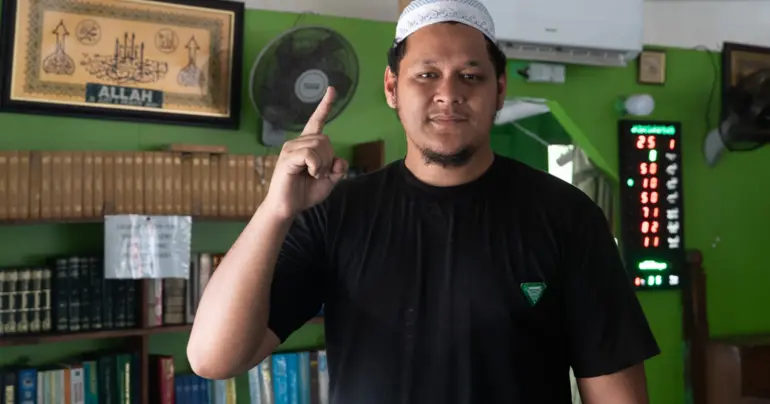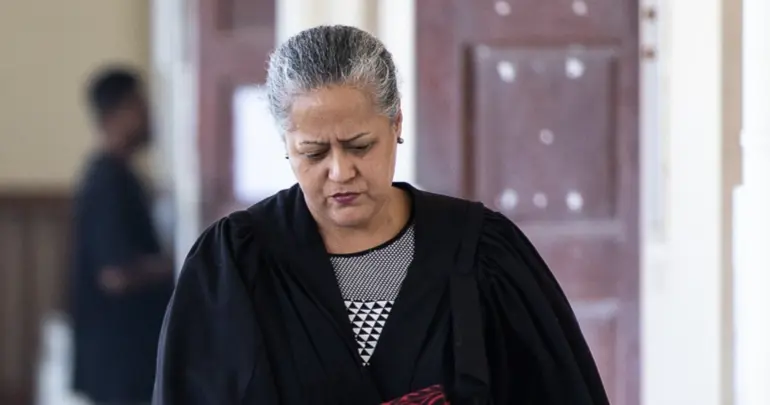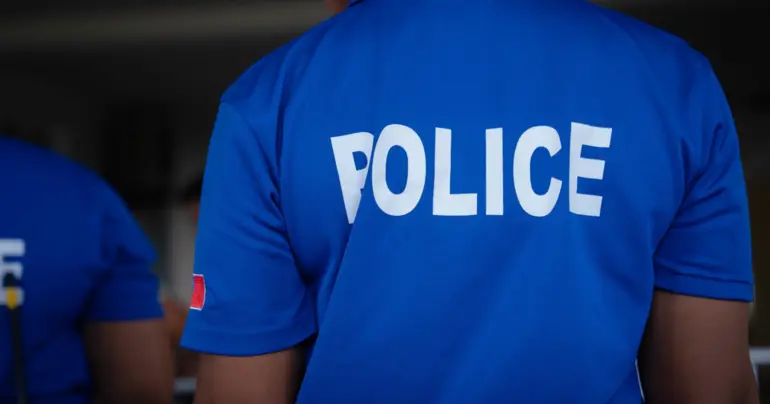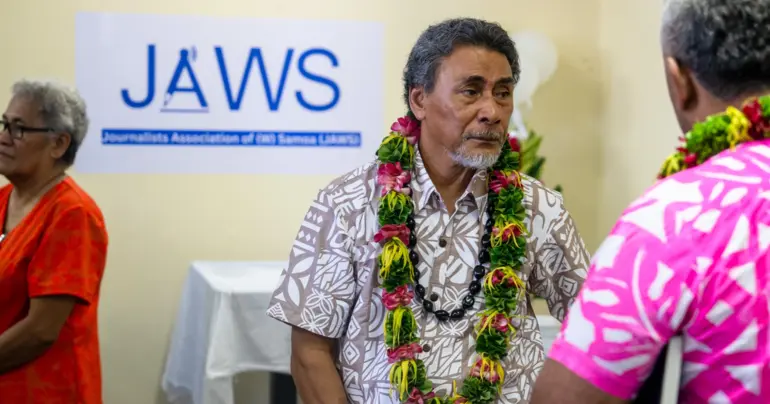Despite trauma, research shows high levels of wellbeing in tsunami aftermath
 By Sapeer Mayron
•
26 September 2019, 11:00AM
By Sapeer Mayron
•
26 September 2019, 11:00AM
Even two years after the events of the 29th September 2009, survivors were in surprisingly good spirits despite showing gravely high levels of trauma, research reports.
When youth who scored highly on trauma questionnaires were asked about their feelings of wellbeing, nearly 90 per cent said their lives were mostly happy.
The report, Trauma, Livelihoods and Resilience in Post-Tsunami Samoa, was submitted in 2014 by the Archdiocese of Apia, Samoa and the Family Centre in Wellington, New Zealand whose teams arrived in Samoa a day after the tsunami as mental health first responsers.
Ahead of the 10th anniversary of the 2009 tsunami which took the lives of 143 people in Samoa and devastated at least 20 villages, the research was republished in journal article form.
The Family Centre team stayed in Samoa for five months counselling families in the affected villages, and returned in 2011 and 2014 to conduct follow up interviews with families on their experience of trauma, recovery, and their access to resources.
In 2011, 470 households were re-interviewed on their trauma and recovery from the tsunami across 25 villages. Another 198 youth in 14 villages, and 407 children across six villages were also interviewed.
Their responses, analysed in the report suggest that thanks to Samoan culture, spirituality and customary land, people were able to achieve wellbeing soon after the tsunami despite being highly traumatised by it.
The Family Centre’s Taimalieutu Kiwi Tamasese who is from Nofoali’i, Vaimoso and Sapapalii, and led those first responders said typically, people who are highly traumatised are typically expected to feel their wellbeing is low.
But in Samoa, interviews revealed many people broke through this correlation to be both highly traumatised and have higher wellbeing.
“These discrepancies indicate that among those who experienced extreme levels of trauama, there are nevertheless resources which facilitate higher wellbeing scores,” the report states.
Taimalieutu said Samoa is blessed to have a mix of resources which ensured a speedy emotional recovery.
“It’s about governance in the villages that was fantastic, your government departments that responded as best as they could,” she said.
“Your culture, your collectivities, your extended families, your spirituality was big. It was amazing.”
Two years after the tsunami, 78.3 per cent of youth reported they slept okay, and 87.4 per cent reported their lives were mostly happy.
85.4 per cent said they felt mostly safe, and 73.7 said they did not have difficulty concentrating, which is a common symptom of trauma and young people.
Children also responded positively, and “demonstrated a high level of perceived wellbeing,” the report states.
Nearly 85 per cent said they could sleep well and felt their lives were mostly happy, and 74 per cent reported they felt mostly safe. Nearly 60 per cent felt their lives had mostly returned to normal, and more than 70 per cent had no difficulty concentrating.
The use of ‘mostly’ is important, Taimalieutu said, as doubtless there will be lasting negative impacts of the tsunami, but being able to see life in a positive light shows great resilience and recovery.
Among households interviewed, results were similarly positive for wellbeing.
82.5 per cent of households said their family life had returned to normal, and 78.6 per cent reported they slept okay without problems. 96.6 per cent said they were mostly happy, 91.1 per cent said they were mostly calm with their friends (anger being a symptom of trauma) and 92 per cent reported feeling mostly safe.
Just 24.9 per cent of households said members of their family struggled to concentrate.
When it came to the trauma assessment questions, less than half of the households reported to be having unwanted tsunami thoughts, that they thought it would happen again, and that their family members were having bad dreams or becoming upset by being reminded of the tsunami.
Just 23.6 per cent of households reported family members thinking about the tsunami every day.
When the researchers looked closely at the relationship between trauma and wellbeing by comparing the trauma assessment question, ‘do you have lots of thoughts about the tsunami you do not want to have’ with a wellbeing question, ‘has your life returned to normal’, they found people with less inrusive thoughts felt their lives went back to normal, or had higher wellbeing.
This was expected, but the data also shows a substantial number who answered yes to both their lives went back to normal and they had unwanted tsunami thoughts, “which suggest complex responses,” the report states.
“This result demonstrates that there were clear resilient factors among those who experienced some trauma in Samoa as a result of the tsunami.”
Similarly, two thirds of people who said they worried the tsunami would happen again reported they slept okay without any problems.
More than half those who reported physical responses to thoughts about the tsunami, like increased heart rate or their stomach turning, also reported they thought their lives were mostly happy.
“A clear majority of those who thought about the tsunami everyday still felt mostly safe,” the report states, “demonstrating resilience.”
“These examples to not minimise the trauma experienced. Instead, they point to the complexities within trauma experiences and show that for many there are resilient factors that can be drawn upon to help people move beyond the tsunami.
Being able to being working again, rebuild houses and livelihoods, and replanting plantations was an important step towards recovery, the researchers found.
Relationships between family and community, which are central to Samoan cultural identity, were essential to mental health recovery.
Visiting family was an important recovery act too.
“In doing so, individuals and aiga (family) were able to restore interconnectedness thus restoring wholeness for those traumatised by the tsunami,” the report states.
“Without this collective response, the rate of recovery may have been lower.”
Access to land, faith and spirituality, and having church and village leadership structures all helped immensely.
“These interlinked structures provide normality and support in times of stress and chaos.”
The Family Centre was supported in their research by the Catholic Archdiocese of Samoa, Afeafe o Vaetoefaga, The Ministry of Women, Community and Social Development, the Ministry of Health, and the New Zealand Aid Program.
Tags
 By Sapeer Mayron
•
26 September 2019, 11:00AM
By Sapeer Mayron
•
26 September 2019, 11:00AM











